What is a 5 Cylinder Engine?
A 5 cylinder engine is an internal combustion engine with five cylinders in a single block. It is less common than 4 or 6 cylinder engines but stands out for its unique characteristics. The design balances power, efficiency, and compactness, making it appealing for specific vehicles and applications. Let’s delve into its configuration and how it compares to other engine types.
Overview of cylinder configurations
Engines come in a variety of cylinder setups, including 3, 4, 5, 6, or even more cylinders. The cylinder count affects the engine’s performance, fuel efficiency, and size. Traditionally, 4 cylinder engines are compact and fuel-efficient, while 6 cylinders provide more power but consume more fuel. A 5 cylinder engine strikes a middle ground between these configurations. This setup is usually arranged in-line, meaning all cylinders align in a single row.
The firing order in a 5 cylinder engine provides smoother power delivery than a 4 cylinder. It also fits in smaller engine bays compared to a larger 6 cylinder layout. Understanding this configuration helps in appreciating the engine’s balanced design.
How a 5 cylinder engine differs from others
The 5 cylinder engine is unique due to its odd-numbered cylinders. Unlike the even-numbered configurations, such as 4 or 6 cylinder engines, it offers both advantages and challenges. One key difference is its firing pattern. A 5 cylinder engine generates power every 144 degrees of crankshaft rotation, compared to 180 degrees in a 4 cylinder engine. This provides smoother operation compared to a 4 cylinder.
However, designing a 5 cylinder engine presents complexity. Balancing the crankshaft and ensuring proper vibration dampening require innovative engineering. Despite these hurdles, the engine maintains its appeal for specific automotive applications. Its distinct characteristics continue to intrigue car enthusiasts and engineers alike.
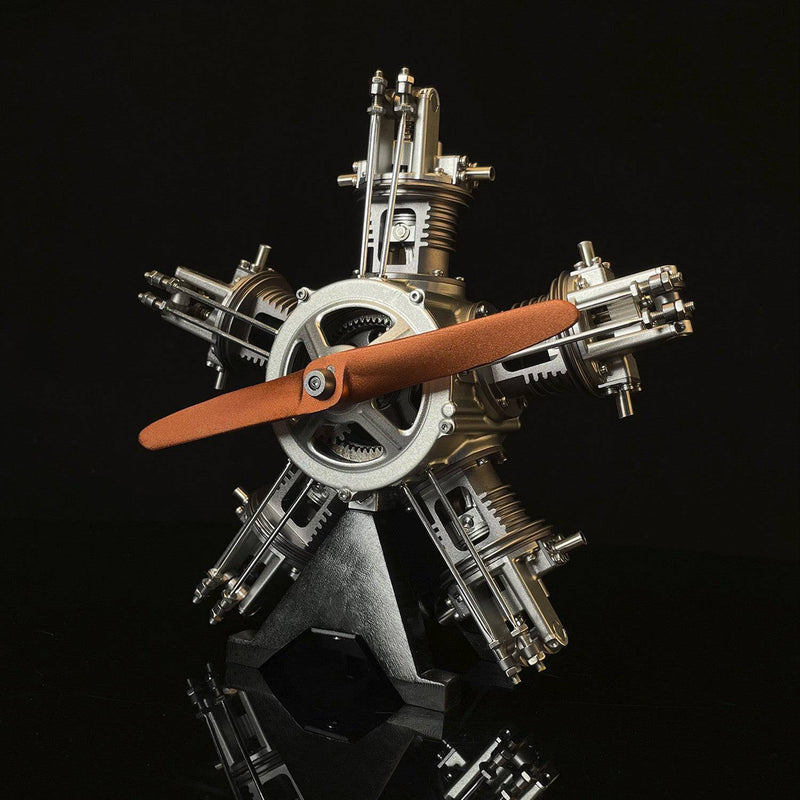
History and Development of 5 Cylinder
Evolution of cylinder technology
Cylinder technology has evolved significantly over the years. In the early days of internal combustion engines, simple designs with fewer cylinders dominated the market. Engineers aimed for reliability and cost-effectiveness in those early engines. As technology advanced, manufacturers experimented with different cylinder counts to meet varying demands for power, efficiency, and size.
The development of multi-cylinder engines led to improved performance and smoother operation. First, 2 and 4 cylinder engines gained popularity, followed by 6 and 8 cylinder designs. In the 1970s, engineers introduced the 5 cylinder engine as a middle ground. It blended the power output of 6 cylinders with the compactness of 4 cylinders. This design offered unique advantages, such as reduced weight and smoother power delivery. The introduction of advanced manufacturing methods also made producing 5 cylinder engines more feasible.
Prominent manufacturers and models
Several automotive brands have embraced the 5 cylinder engine over the years. In the 1970s, Audi introduced its 2.1-liter inline 5 cylinder engine in the Audi 100. This model highlighted the engine’s potential for performance and efficiency. Audi continued to innovate, refining its 5 cylinder engine technology in subsequent models.
Volvo also became a key player in developing 5 cylinder engines. They utilized this engine in several of their vehicles, such as the Volvo 850 and S70. Volvo appreciated its balance of power, smoothness, and compact size. Honda joined the trend with models like the Honda Vigor, further showcasing the flexibility of 5 cylinder engines.
In more recent years, manufacturers like Ford and Land Rover have also implemented 5 cylinder engines in select vehicles. Ford’s turbocharged 5 cylinder engine, found in models like the Ford Focus ST, combines modern performance with a lightweight design. Today, these engines remain a symbol of innovation in automotive history, offering a mix of legacy and technological advancement.
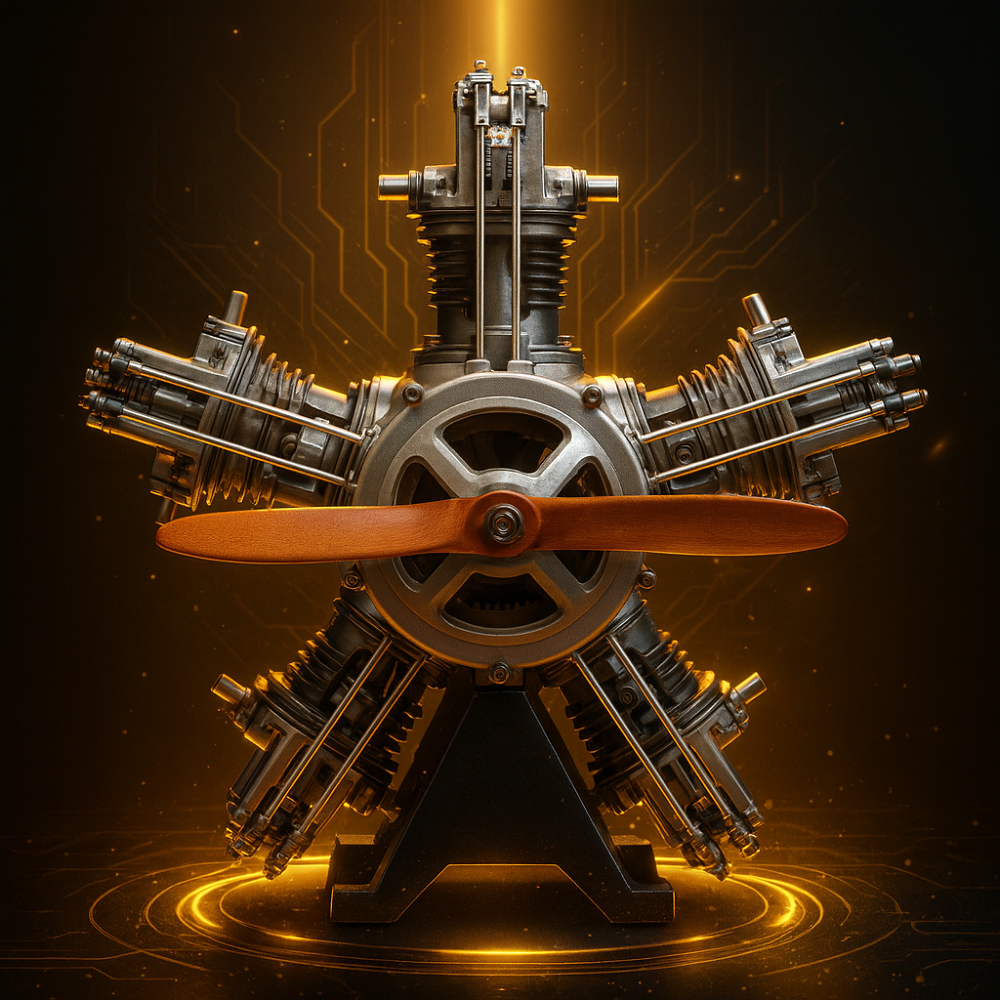
Advantages of 5 Cylinder
Performance benefits
A 5 cylinder engine offers noticeable performance advantages over other configurations. Its unique firing order provides smoother power delivery compared to a 4 cylinder engine. This smooth operation enhances driving comfort, especially at high speeds. It also ensures consistent performance across various driving conditions.
The engine’s design allows for a compact yet powerful setup. It generates more power than a 4 cylinder engine of similar size, while maintaining a reasonable weight. This makes it ideal for vehicles requiring a balance of power and agility. Additionally, it provides a distinct engine sound, often appreciated by car enthusiasts.
The 5 cylinder engine is especially effective for towing or carrying heavier loads. Its performance capabilities make it a reliable choice for drivers needing extra power without opting for bulkier 6 cylinder engines.
Fuel efficiency and balance
The 5 cylinder engine achieves impressive fuel efficiency for its performance level. Its compact design minimizes weight, improving fuel economy compared to larger engines. This balance between power and fuel consumption appeals to many drivers.
In terms of balance, the design distributes forces across the engine’s components effectively. This reduces wear and tear, enhancing durability. It also makes the engine more cost-effective over its lifespan compared to less efficient configurations.
Moreover, improved aerodynamics in vehicles equipped with 5 cylinder engines further boosts fuel efficiency. Manufacturers select this engine configuration when seeking a sweet spot between performance, smoothness, and economic operation. This balance continues to make the 5 cylinder engine an attractive option for consumers.
Challenges and Disadvantages of 5 Cylinder
Manufacturing complexity
Producing 5 cylinder engines involves intricate engineering and manufacturing processes. The odd-numbered cylinder count creates unique challenges in design and balance. Engineers must carefully calculate the firing order to ensure smooth operation. This requires more advanced machinery and design expertise compared to simpler 4 or 6 cylinder engines.
Building a 5 cylinder engine also demands advanced vibration dampening techniques. The uneven number of cylinders can cause imbalance issues, requiring extra components to counteract. These added measures increase production costs. Manufacturers must also put significant effort into perfecting the crankshaft design, adding to the complexity. Overall, these factors make 5 cylinder engines more expensive to build than more common configurations.
Maintenance considerations
Maintaining a 5 cylinder engine can be more challenging than other engine types. The added complexity in design translates to more components that could wear out over time. Repairing these engines often requires specialized tools and expertise, potentially raising maintenance costs.
Finding replacement parts for 5 cylinder engines can also be tricky. As they are less commonly produced, parts may not be as readily available as those for 4 or 6 cylinder engines. This scarcity can increase repair times and parts costs.
In some cases, the unique design could also result in specific maintenance demands. For instance, ensuring proper balance and smooth performance might require more frequent checks or adjustments. Despite their advantages, these factors make maintaining a 5 cylinder engine a consideration for potential owners.
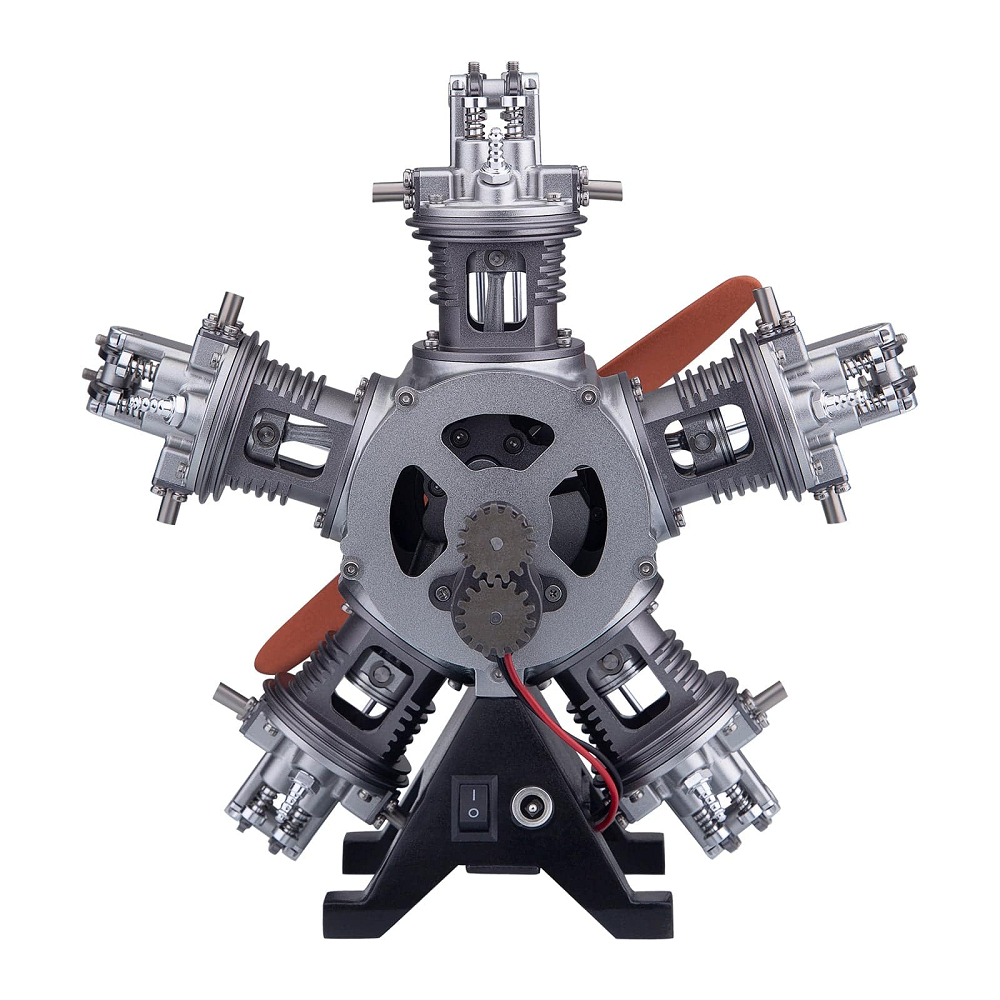
Applications in the Automotive Industry
Cars equipped with 5 cylinder engines
Many vehicles have used 5 cylinder engines due to their balance of power and efficiency. Audi pioneered this configuration in the 1970s with the Audi 100, showcasing its potential in luxury sedans. The engine provided smooth performance, which was attractive to both drivers and car enthusiasts.
Volvo also adopted the 5 cylinder engine in models like the Volvo 850 and S70. These cars offered a mix of practicality and driving pleasure. Volvo’s engineering emphasized the engine’s durability, making it suitable for daily use and long-term reliability. Similarly, the Honda Vigor integrated a 5 cylinder engine, highlighting the design’s adaptability across brands.
Ford gained recognition with its turbocharged 5 cylinder engine in vehicles like the Ford Focus ST. This engine delivered impressive performance, particularly for those seeking speed and agility. These examples show how different automakers have embraced 5 cylinder engines to create unique driving experiences.
Other uses beyond automobiles
While mostly associated with cars, 5 cylinder engines have applications in other industries as well. Some light trucks and vans use them for better towing capacity without increased engine size. The balance of power and weight makes these engines suitable for utility vehicles.
Marine applications have also explored the use of 5 cylinder engines. In small boats, these engines provide reliable and smooth performance. Their compact design fits well in tight spaces while maintaining efficiency. Additionally, some industrial equipment uses 5 cylinder engines for consistent power output in demanding environments.
Although primarily popular in cars, the versatility of 5 cylinder engines allows them to extend into other areas. Their unique characteristics ensure they remain a valuable choice for many applications.
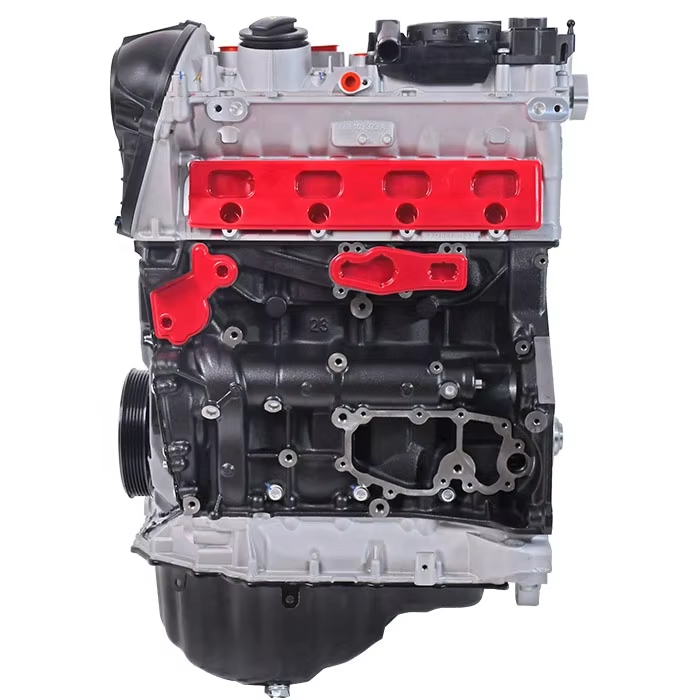
Famous 5 Cylinder Engine Models
Iconic vehicles featuring 5 cylinder engines
Some vehicles have become legendary due to their 5 cylinder engines. The Audi Quattro is a prime example. Its 2.1-liter turbocharged inline 5 cylinder engine defined rally racing in the 1980s. This engine combined power and reliability, making it a favorite among enthusiasts. The Volvo 850 is another standout model. Featuring a refined 5 cylinder engine, it offered smooth driving and great durability.
The Ford Focus ST made waves with its turbocharged 5 cylinder engine. Drivers admired its balance between performance and agility. Honda also showcased 5 cylinder engines in models like the Honda Vigor, emphasizing efficiency and compact design. Each of these cars displayed the versatility of this engine type across different brands.
Success stories in automotive engineering
5 cylinder engines allowed manufacturers to innovate and set new benchmarks in performance. Audi mastered the technology in the 1980s, refining it in later models like the Audi RS2 Avant. This vehicle gave impressive power output, pushing boundaries in sports car performance. Volvo successfully leveraged the 5 cylinder engine’s durability. Cars like the Volvo S70 are praised for being reliable and efficient.
Ford’s turbocharged engines demonstrated how to achieve high performance while staying compact. This engine in the Focus ST proved ideal for sporty vehicles with a smaller size. These stories highlight how manufacturers used 5 cylinder engines to deliver unique automotive experiences. Their success shows why the design continues to be appreciated today.
Comparing 5 Cylinder to Other Configurations
4 cylinder vs. 5 cylinder
A 5 cylinder engine offers improved smoothness compared to a 4 cylinder. The unique firing order creates a consistent power delivery at all speeds. This makes the driving experience more comfortable, especially during highway trips.
In terms of power, 5 cylinder engines deliver greater output than similar-sized 4 cylinder engines. They offer better torque, which can be essential for towing or heavy loads. The 4 cylinder engines are typically lighter and more fuel-efficient, making them ideal for smaller or economy cars.
5 cylinder engines also have a distinct sound that car enthusiasts enjoy. In contrast, 4 cylinder engines often lack this characteristic. However, 5 cylinder engines are more complex and costly to build, while 4 cylinders are simpler to design and maintain.
6 cylinder vs. 5 cylinder
When compared to 6 cylinder engines, 5 cylinder engines are more compact. They fit into tighter engine bays without sacrificing much power. This makes them suitable for vehicles with limited space but need performance.
A 6 cylinder engine offers even smoother operation than a 5 cylinder. It generates power every 120 degrees of crankshaft rotation, compared to the 144 degrees of a 5 cylinder. This creates seamless acceleration and reduces vibrations further.
5 cylinder engines are lighter and provide better fuel economy than 6 cylinders. They strike a balance between performance and efficiency, appealing to those who want power without excessive fuel consumption.
In summary, 5 cylinder engines sit between 4 and 6 cylinders, offering a mix of compactness, smoothness, and performance.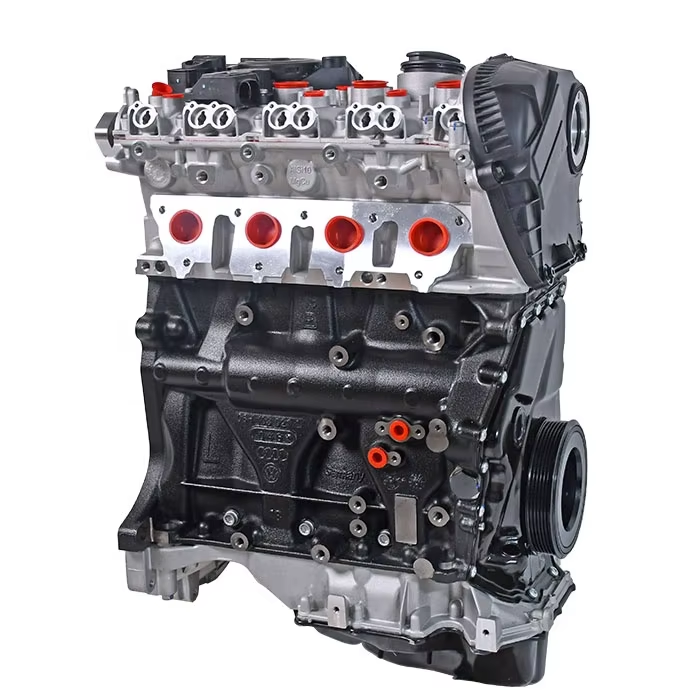
Future Trends for 5 Cylinder
Innovations in design and performance
The future of 5 cylinder engines lies in advanced technology and innovative design. Engineers are focusing on improving fuel efficiency while maintaining performance. Lightweight materials, such as aluminum and composites, play a significant role. These materials reduce weight, improving both efficiency and agility.
Turbocharging and direct fuel injection are becoming standard features in modern 5 cylinder engines. These technologies enhance power output and fuel economy. Smart engine management systems are also on the rise. They optimize performance by adjusting fuel and air ratios in real time.
Electrification is another emerging trend. Hybrid powertrains may integrate a 5 cylinder engine with electric motors. This approach combines the engine’s power with the eco-friendliness of electric technology. Additionally, advancements in vibration dampening could address balance issues more effectively. These designs promise smoother performance, even at high speeds.
Predictions for market demand
Market demand for 5 cylinder engines will likely remain niche but steady. Their blend of power, smoothness, and efficiency appeals to specific vehicle segments. Compact SUVs, sporty sedans, and utility vehicles may continue to adopt this configuration.
The rise of electric vehicles (EVs) poses a challenge to traditional 5 cylinder engines. However, hybrids could extend the engine’s relevance in the market. Manufacturers focusing on eco-friendly designs might adapt 5 cylinder engines for hybrid models.
Emerging markets may drive higher demand for versatile and compact engines. Developing regions often require vehicles that balance power with fuel economy. Here, the 5 cylinder engine could find a stable market.
In conclusion, technological advancements and strategic applications will shape the future of 5 cylinder engines. They may not dominate the market but will continue to serve specific needs effectively.
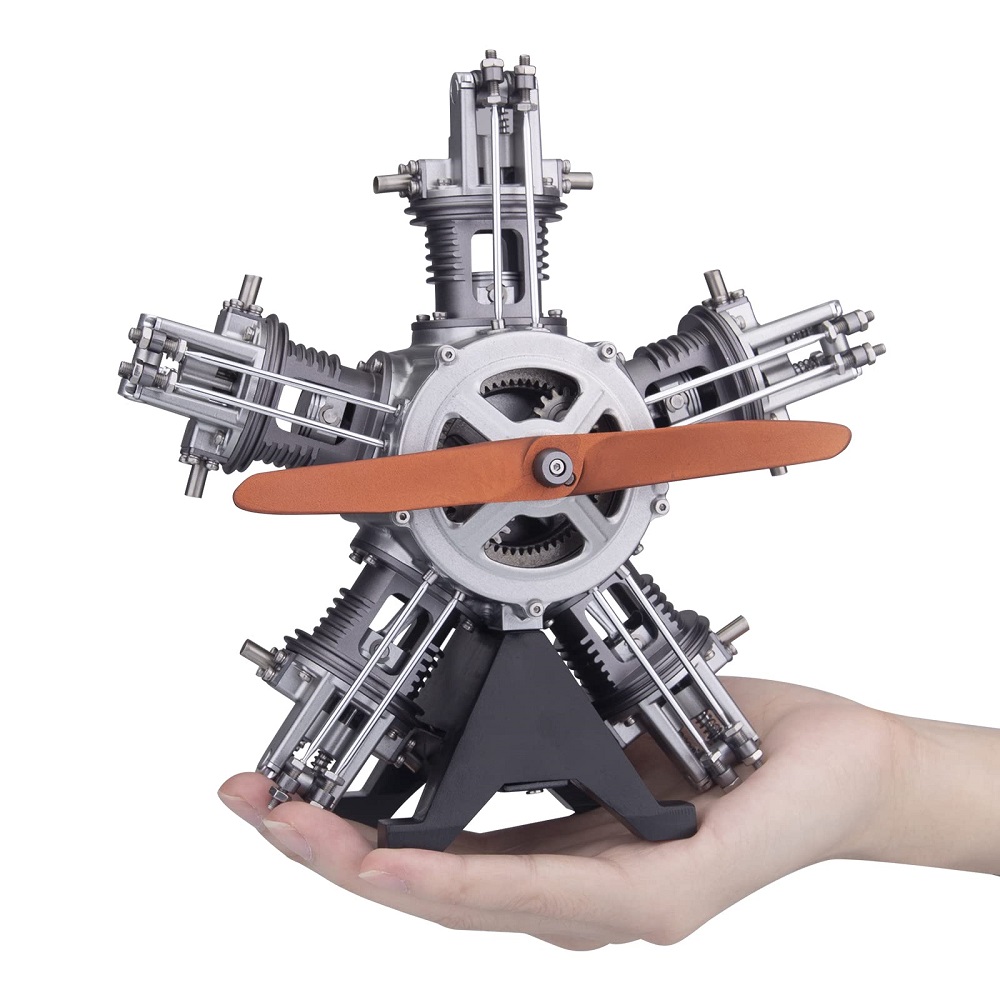
Leave a Reply